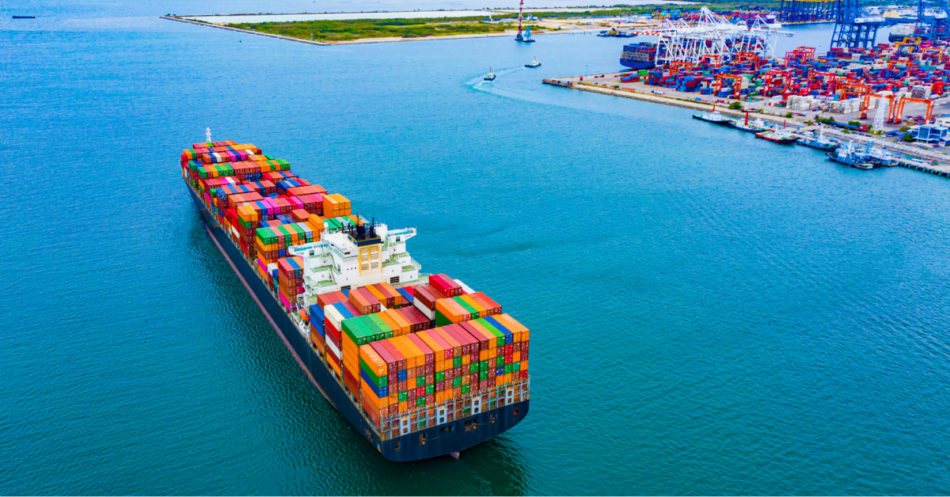
New Zealand’s Main Exported Goods
New Zealand, renowned for its pristine landscapes and agricultural prowess, has built a strong export-oriented economy. Its main exported goods reflect the country’s natural resources, agricultural expertise, and innovative manufacturing industries. Below are the key categories of New Zealand’s primary exports:
1. Dairy Products
New Zealand is the world’s largest exporter of dairy products, with milk powder, butter, and cheese leading the way. Fonterra, a New Zealand-based cooperative, is a dominant player in the global dairy market. Dairy exports account for a significant portion of the country’s GDP, driven by demand from China, Southeast Asia, and the Middle East.
2. Meat and Livestock
Meat exports, including lamb, beef, and venison, are another cornerstone of New Zealand’s economy. The country is particularly renowned for its high-quality grass-fed lamb, which is in demand in Europe, the United States, and China. Livestock breeding and wool production also contribute to this sector, reflecting New Zealand’s long-standing history of sheep farming.
3. Horticultural Products
The export of fresh fruits and vegetables, particularly kiwifruit, apples, and avocados, showcases New Zealand’s excellence in horticulture. Zespri, the world’s largest kiwifruit marketer, is based in New Zealand and exports to markets across Asia, Europe, and North America. Wine, especially Sauvignon Blanc, is another high-value horticultural product gaining global recognition.
4. Seafood
New Zealand’s extensive coastline supports a thriving seafood industry. Fish, shellfish, and crustaceans, including hoki, mussels, and lobster, are major export items. The country’s seafood is prized for its sustainability and high quality, with major markets in Asia and the Pacific.
5. Forestry Products
New Zealand’s timber and forestry industry is a significant contributor to its export economy. Products such as logs, sawn timber, and wood pulp are in high demand, particularly in China. Sustainable forestry practices have helped New Zealand maintain its position in the global market.
6. Machinery and Equipment
Although agriculture dominates, New Zealand also exports specialized machinery and equipment. This includes agricultural and horticultural machinery, which reflects the country’s innovation in farming technology.
7. Other Agricultural Products
Honey, particularly Manuka honey, is a lucrative export due to its health benefits and premium market positioning. Wool, although not as dominant as it once was, remains an iconic New Zealand product with significant global demand.
8. Energy Exports
Natural gas, coal, and renewable energy products also contribute to New Zealand’s export profile. The energy sector is smaller compared to agriculture but provides a steady revenue stream.
Key Markets
New Zealand’s main trading partners include China, Australia, the United States, Japan, and South Korea. The country’s geographic location in the Pacific Rim facilitates strong trade ties with Asia-Pacific nations.
Conclusion
New Zealand’s export economy is deeply rooted in its natural resources, sustainable practices, and agricultural expertise. The diverse range of goods—from dairy and meat to horticultural products and forestry items—ensures steady demand from international markets. By maintaining its focus on quality and sustainability, New Zealand continues to strengthen its position as a reliable global exporter.



Leave a Reply